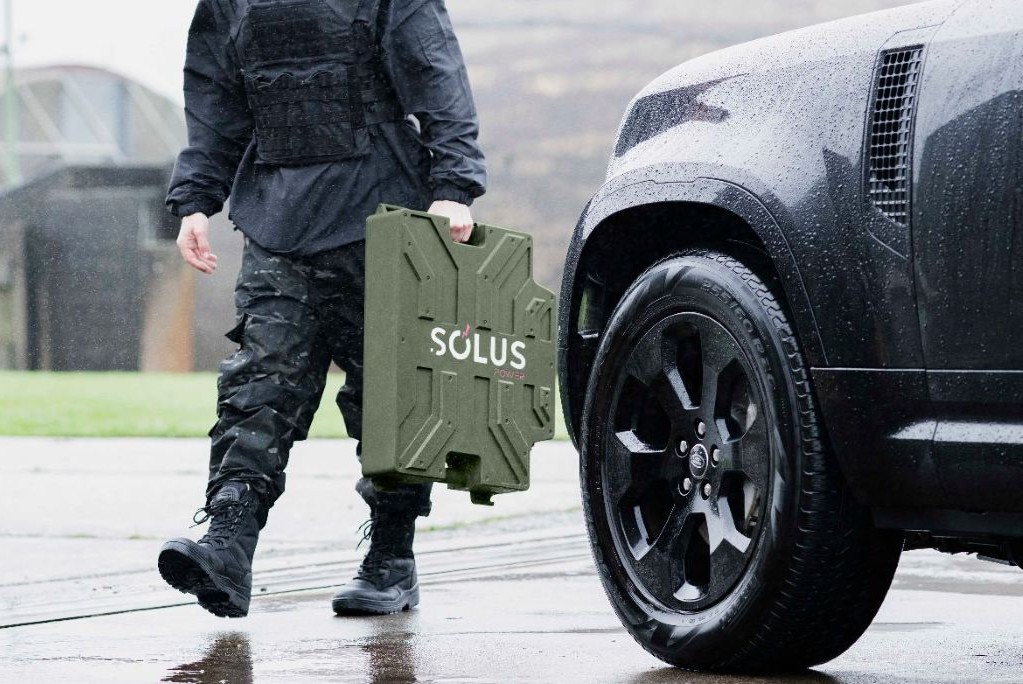Shield AI’s X-BAT: A Revolution in Unmanned VTOL Technology
Overview of the X-BAT
Shield AI, a prominent defense technology enterprise in the United States, is advancing the development of an innovative unmanned vertical take-off and landing (VTOL) strike jet designed for operations without the need for conventional runways. Known as the X-BAT, this concept represents a significant leap toward fully autonomous multirole aviation capabilities, with the potential for rapid deployment across diverse operational theaters.
Design and Performance Features
Unveiled on October 21, the X-BAT demonstrates several key attributes:
- Dimensions:
- Length: 26 feet (7.9 meters)
- Wingspan: 39 feet (11.9 meters)
- Performance Specifications:
- Service ceiling: Over 50,000 feet
- Range: 2,000 nautical miles (approximately 3,704 kilometers)
- Dash speed: Classified
The X-BAT features a low-observable flying-wing design that enhances its stealth capabilities. Its folding wings enable ground transport on standard truck trailers, facilitating rapid mobility to launch points. Once on site, the aircraft transitions from a vertical launch, powered by a thrust-vectoring afterburning jet turbofan engine, to horizontal flight at significant altitudes.
Operational Capabilities and Strategic Implications
As military operations evolve to address contemporary challenges, the demand for systems that can be deployed swiftly and at scale becomes paramount. Shield AI emphasizes the need for resilient, adaptable technologies that integrate advanced software with proven airframe performance. The X-BAT is designed to meet these emerging requirements by providing:
- Rapid Deployment: Capable of being operational with minimal preparation time.
- Increased Versatility: Suitable for various missions, ranging from reconnaissance to strike operations.
- Stealth Operations: Designed to evade detection while executing missions in contested environments.
After mission completion, the X-BAT has the ability to return to its launch site or a strategically positioned forward site, allowing for vertical recovery back onto its transport platform. This operational flexibility enhances its utility in diverse combat scenarios, particularly in remote or austere locations where traditional airbases may be unavailable.
Future Considerations
The introduction of the X-BAT highlights a broader trend in defense systems development—militaries are increasingly seeking out autonomous technologies that can provide rapid response to evolving threats. As conflicts become more complex and multifaceted, systems like the X-BAT may represent crucial assets for maintaining operational readiness and effectiveness in real-time engagements.
With the X-BAT, Shield AI is poised to contribute significantly to the future landscape of unmanned aerial systems, reflecting the ongoing push toward innovative, disruptive technologies within the defense sector.





